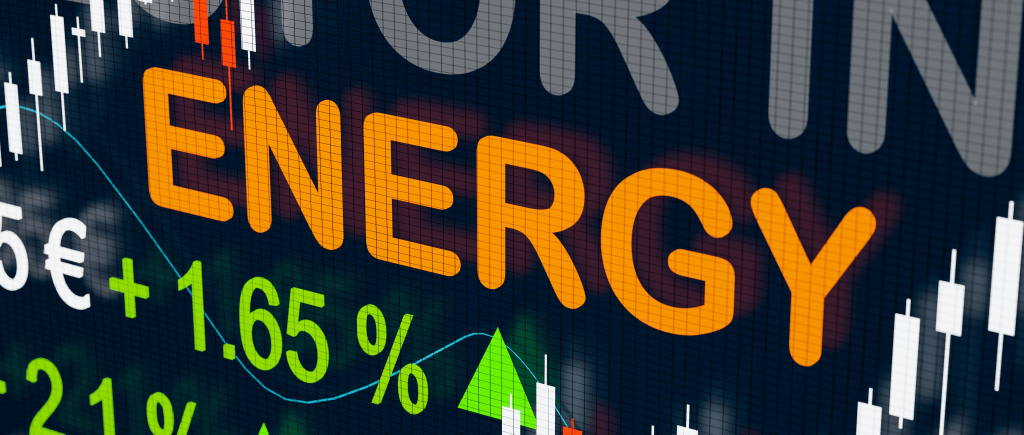Sharm El Sheikh Summit held on October 13, 2025, co-chaired by U.S. President Donald Trump and Egyptian President Abdel Fattah el-Sisi, marks a significant moment in Middle Eastern diplomacy. Convening over 20 world leaders, the summit aimed to solidify a ceasefire in Gaza and promote regional stability. While the political symbolism of peace is powerful, the economic implications—particularly for global energy markets—are far more nuanced. This report merges insights from recent commentary with verified fundamentals to assess the summit’s potential impact on oil, gas, and energy equities.
Geopolitical Calm and the Supply Surge
Historically, Middle Eastern tensions have added a geopolitical risk premium to oil prices. The Gaza ceasefire, brokered under Trump’s 20-point peace plan, reduces this premium by easing transit risks through strategic chokepoints like the Strait of Hormuz and the Suez Canal. The summit’s success signals a de-risking of regional oil flows, which could encourage producers to increase output.
Iran, long constrained by sanctions and regional hostilities, may re-enter global markets if nuclear negotiations resume, potentially adding up to 1 million barrels per day (bpd) to global supply. Saudi Arabia, seeking to defend its market share, may also ramp up production, especially after its 2025 pledges of investment tied to Brent stability around $65—a level now under pressure. Meanwhile, U.S. oil production continues to surge, reaching 13.6 million bpd in July and averaging 13.5 million bpd for the year, with exports at 4.1 million bpd. Russia, despite sanctions, has maintained high export levels, particularly to China and India.
These supply-side dynamics are unfolding against a backdrop of weak demand. Global oil demand growth is projected at just 1.4 million bpd for 2025, with China contributing a modest 1.1% GDP growth. Trade tensions, including tariff threats from the U.S., further dampen global consumption. Refinery outages in the U.S.—such as those at Phillips 66 and Valero—have reduced domestic throughput, limiting short-term demand for crude inputs.
Market Fundamentals: Oversupply Risks
On the day of the summit, Brent crude rose slightly by 1.45% to $63.64, while WTI fell 4.24% to $58.90, reflecting underlying bearish sentiment. Inventory builds and uneven compliance with OPEC+ production cuts have pushed global stockpiles toward record highs. The Energy Information Administration (EIA) projects a surplus of 1 million bpd, reinforcing the oversupply narrative.
Forecasts for Brent crude suggest continued downward pressure: the EIA estimates $62 for Q4 2025, dropping to $52 in 2026. J.P. Morgan maintains a slightly more optimistic view, projecting $66 for 2025 and $58 for 2026. These figures highlight the disconnect between political optimism and market fundamentals.
Natural Gas and Energy Equities
Natural gas markets are less reactive to Middle Eastern diplomacy but still influenced by broader stability. U.S. production remains strong, and liquefied natural gas (LNG) exports continue to grow, particularly to Europe and Asia. Seasonal demand may offer temporary support, but absent major supply disruptions or extreme weather, prices are expected to remain stable.
Energy equities reflect these trends. Integrated oil majors like ExxonMobil, Chevron, and BP face margin compression in a low-price environment, though their diversified operations offer some resilience. Gas-focused firms such as Cheniere Energy benefit from expanding LNG exports. Renewable energy companies may face headwinds if falling fossil fuel prices reduce the urgency of transitioning to cleaner sources, though long-term policy commitments continue to support the sector.
Strategic Outlook
Sharm El Sheikh Summit illustrates how geopolitical peace can paradoxically trigger market volatility. By removing barriers to production and reducing risk premiums, diplomacy can unleash supply-side pressures that weigh on prices. For oil and gas markets, the fundamental factors—production levels, inventory trends, demand forecasts, and geopolitical stability—remain central to understanding price movements.
While the summit may be hailed as a diplomatic success, its economic consequences require careful scrutiny. Stability in the region could lead to increased output, exacerbating existing oversupply conditions. For energy markets, this means navigating a landscape where peace may not equate to price stability, and where fundamentals—not headlines—will drive long-term outcomes.
 Noor Trends News, Technical Analysis, Educational Tools and Recommendations
Noor Trends News, Technical Analysis, Educational Tools and Recommendations





